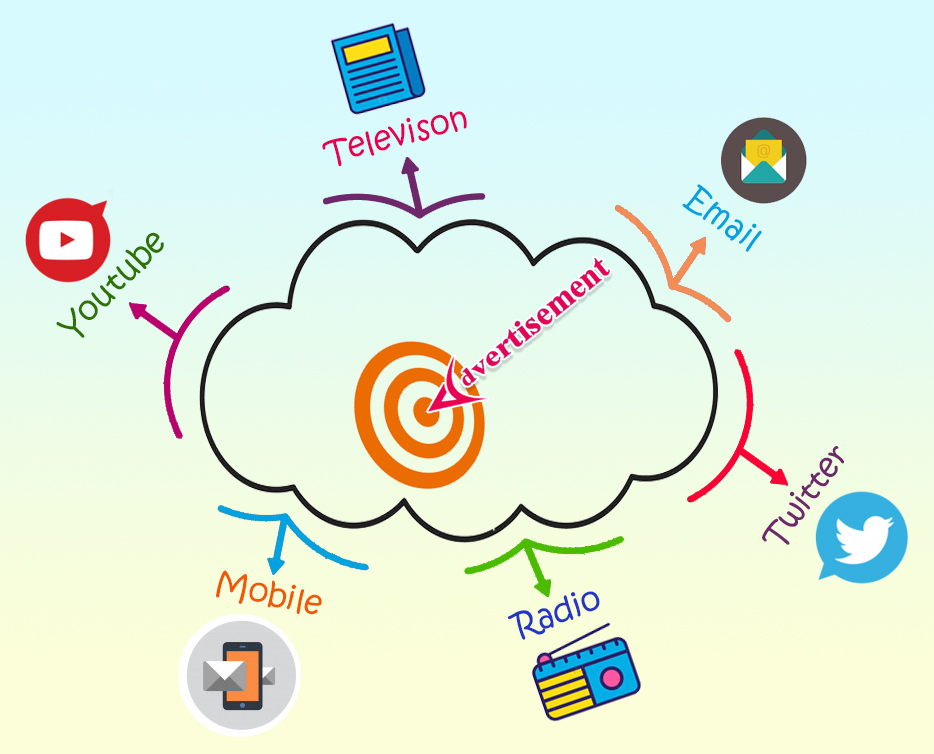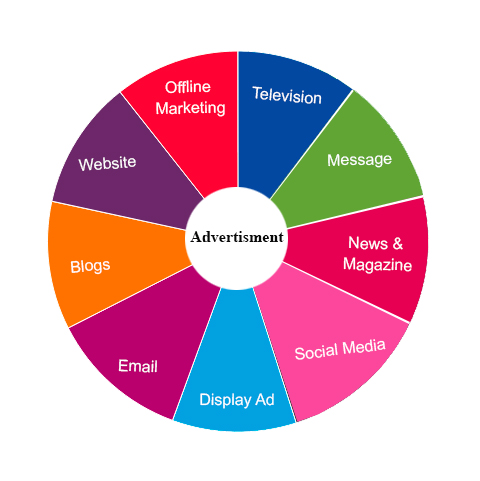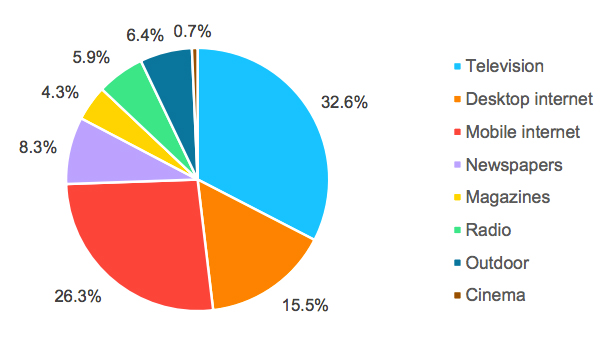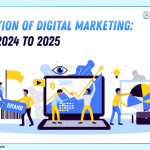A Powerful Medium of Brand Success

Advertising is a marketing communication that employs an openly sponsor, commercial message to promote or sell a product, service or idea. Sponsors of advertising are typically businesses wishing to promote their products or services. Advertising is differentiate from public relations in a way that an advertiser pays for and has control over the message. Individual advertising is communicate through various mass media including traditional Media. These medias are newspapers, magazines, television, radio, outdoor advertising or direct mail. Also, new media such as search results, blogs, social media, websites or text messages.
Commercial ads often seek to generate increased consumption of their products or services through “branding”. This associates a product name or image with certain qualities in the minds of consumers. On the other hand, ads that intend to elicit an immediate sale are known as direct-response advertising. Advertising may also help to reassure employees or shareholders that how much a company is viable or successful.
Worldwide spending on advertising in 2015 amounted to an estimated US $ 529.43 billion. Advertising’s projected distribution for 2017 was 40.4% on TV, 33.3% on digital, 9% on newspapers, 6.9% on magazines, 5.8% on outdoor and 4.3% on radio Internationally.
Our today’s discussion about how advertising help to success a “Brand”?

A Brand is an overall experience of a customer that distinguishes an organization or product. Branding is a set of marketing and communication method. It helps the user to distinguish a company or products from its competitors, aiming to create a long lasting impression.
Brand itself is denoted to be a high end product category in terms of its market value & name. It not only ascertains the product or organization value in monetary terms but also aggregates its specifications, denotations, inscribing it in the market leading to slow development of its name.
Advertisement is the only medium which helps to create the brand impression in every individual creative minds.
Popular Advertising Methods Structure
Building awareness and preferences through advertising is a cumulative process. A proper indicative documented campaign raises awareness over a periodical stigma, so it is important to diversify the advertising budget over a period of time to sustain high levels of awareness and campaigning.
Preference – Preferential Advertising must be campaigned keeping in mind of convincing and manipulating the user’s injecting the brand preference about its quality and its uses. Testimonials from satisfied customers play an important role by reporting achievement of quality standards of product campaigning directly helping to build confidence and preference for Brand.
Time- We know that Awareness and Preference increase or decrease over time depending on the weight and frequency of advertising. So frequency of advertisement can increase the level of brand awareness.
Interaction – User friendly Interaction between Brand and its Users increases the familiarity & potential approach of the brands. Basically it’s a potential way to measure the effectiveness of the product among its various users with different behavioral and characteristics.
Global Add spending on Mediums for Brand Success- 2019

Conclusion:
We won’t say that Advertising & Branding goes in parallels rather we would like to conclude that Advertising plays an important role in creating a Brand and we advertise a product to make it a brand or give it a Brand name. Thus we want to conclude that advertising has an immense role to brand success.






